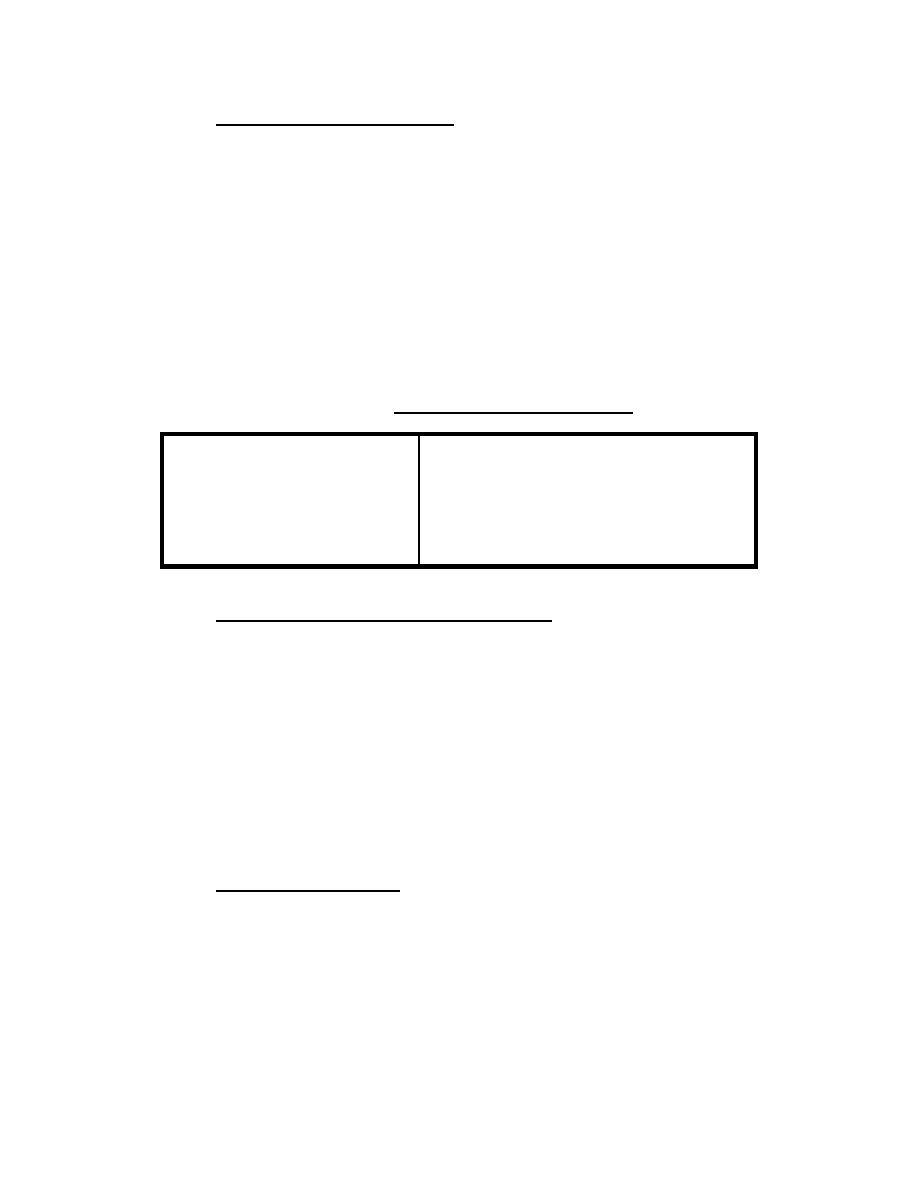
MIL-HDBK-1110
7.5
Methods of Application. The most common methods of
application are brush, roller, and spray. They are discussed in
detail below. Paint mitts are recommended only for hard to reach
or odd-shaped objects such as pipes and railings when spraying is
not feasible. This is because it is not possible to obtain a
uniform film that is free of thin spots with mitt application.
Foam applicators are useful for touch-up or trim work. Dip and
flow coat methods are beyond the scope of this handbook. Of the
three primary methods, brushing is the slowest, rolling is
faster, and spraying is usually the fastest of all. A comparison
of approximate rates of application by one painter of the same
paint to flat areas is listed in Table 10.
Table 10
Approximate Rates of Paint Application
(From SSPC Good Painting Practice)
Method
Square Feet Applied in 8 Hour
Day
Brush
800
- 1400
Roller
2000
- 4000
Air Spray
4000
- 8000
Airless Spray
8000
- 12,000
7.5.1
Selection of Application Method. The choice of an
application method depends on the type of coating, the type of
surface, environmental factors, and cleanup. Alkyd coatings can
easily be applied by brush, but fast drying coatings, such as
vinyls, are difficult to apply by brush or roller. Brushing is
the preferred method for small areas and uneven or porous
surfaces, while rolling is practical on large flat areas. Also,
brushing of primers over rusted steel and dusty concrete is
preferred over spraying. (Note that applying paint over these
substrates should be avoided, if possible.) Spraying is usually
preferred on large areas and is not limited to flat surfaces.
Spraying may not be feasible is some locations and in some
environments because of the accumulation of toxic and flammable
fumes or overspray.
7.5.2
Brush Application. Brushing is an effective method of
paint application for small areas, edges, corners, and for
applying primers. Brush application of primers works the paint
into pores and surface irregularities, providing good penetration
and coverage. Because brushing is slow, usually it is used only
for small areas or where overspray may be a serious problem.
Brush application of paint may leave brush marks with paints that
do not level well, thus creating areas of low film thickness.
105



 Previous Page
Previous Page
